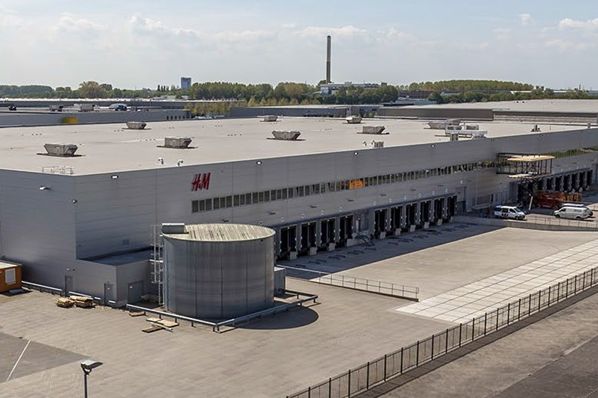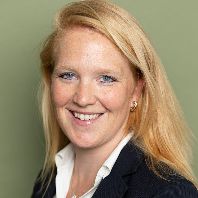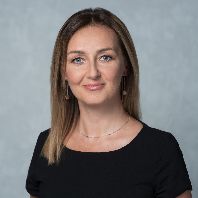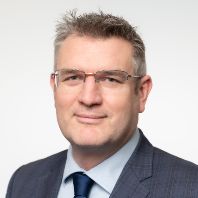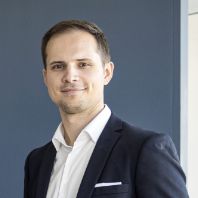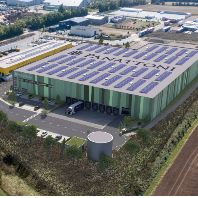Gramercy Property Europe plc (“Gramercy Property” or the “Fund”), the Europe-focused real estate investment fund, announces that it has acquired two core logistics assets located in Tiel and the port of Amsterdam, the Netherlands, totalling c. 30,000m², for approximately €18m. Gramercy Property was advised by Gramercy Europe Limited, a real estate investment fund manager focused on pan-European sale and leaseback and single-tenant transactions. This is the Fund’s 14th transaction within the past 12 months and supports the stated strategy of acquiring single-tenant commercial properties, which will generate stable, long-term income for investors.
The properties are institutional quality warehouses both constructed in 2006, let on double net leases with a weighted average lease term of 7.2 years.
The Tiel asset is let to the Dutch subsidiary of the Swedish multinational clothing retail company H&M Hennes & Mauritz AB until 2040, with a break option in 2022. The property comprises 20,600m² of Grade-A logistics space, with an additional 1,260m² of office. It is located on the Medel business park, just 50km from Utrecht, the Netherlands’ fourth largest city, and adjacent to the A15 motorway. The warehouse is H&M’s primary Dutch distribution hub, with leading international businesses Kühne & Nagel, DHL and Post NL also operating from the park.
The Amsterdam asset, let on an existing nine year lease to Hulshoff Group, totals c. 9,000m² , with an additional 435m² of office space. It is located in the ATLAS business park, a well-established logistics hub in Amsterdam’s Southport area with neighbouring occupiers including DSV, G-Star and DPD.
Michael Heal, Managing Director of Gramercy Europe Limited, commented: “These assets are located in strong logistics hubs, have proven tenant demand and will provide long-term cash flow for the Fund. Gramercy Europe’s track record of identifying and acquiring single-tenant assets means we are uniquely positioned to continue delivering investors a stable, long-term income stream, which is increasingly relevant in an environment of low growth and interest rates.”
